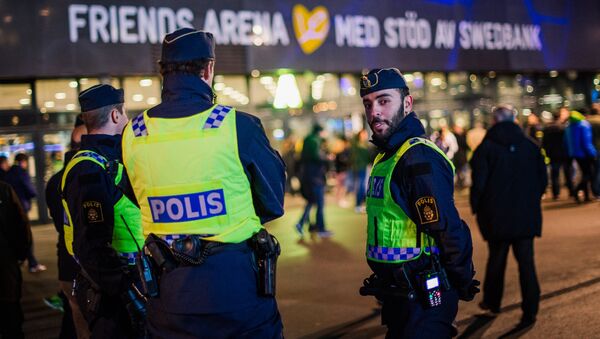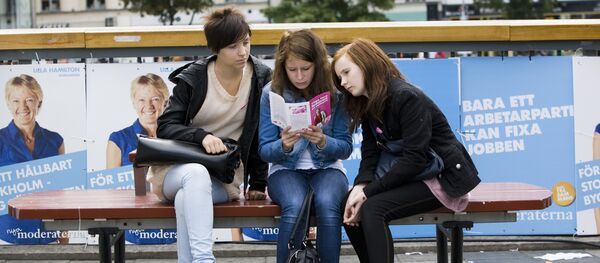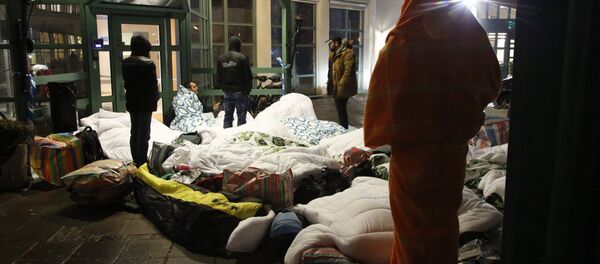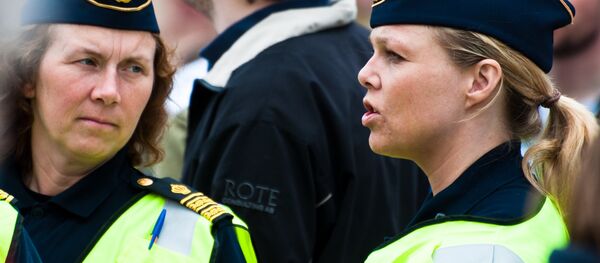"We need a lot more diversity in the police, applying to everything from ethnicity to different experiences and backgrounds," Carin Götblad, who leads the VISP project, said in a press release.
Through hiring more ethnic minorities, Swedish police hope to find a common language with dozens of "no-go zones" in Swedish cities, which are in effect a euphemism for burgeoning ethnic ghettoes, marked by unemployment and crime. Police, rescue services and ambulances are reluctant to visit these "exclusion areas" (which is another term for tidying up the grim reality), where they are habitually met with stones and Molotov cocktails.
"The police are there for everyone. In order to be able to meet all members in society, we must understand different cultures. Therefore, we need more police employees with a foreign background," project manager Kia Samrell explained.
"I only have a high school education, and no work experience in either the police or any other authority. If I can handle a job in the police, others can too," Rojin Khalili said, citing her skills in Kurdish, Persian and Dari.
In the press release, the troubled Stockholm suburb of Södertälje was highlighted as a positive example working to increase diversity in the police. Today, 6 percent of police officers have an immigrant background. This is well below the nationwide percentage of people of immigrant descent, which totals 17 percent.
In November, police in the Swedish region of Skåne admitted that it ran out of homicide detectives and requested help from Stockholm and Gothenburg. Additionally, this summer Sweden experienced an unparalleled wave of sexual harassment at summer festivals, as well as a spate of vehicular arsons.
Whereas Swedish authorities vehemently deny any link between immigration and crime, both left-wing and right-wing parties agreed in autumn that last year's migrant crisis had sped up Swedish police's problems. Subsequently, both Interior Minister Anders Ygeman and Police Chief Dan Eliasson came under fire for failing to undertake timely measures.





